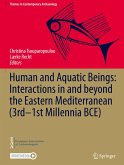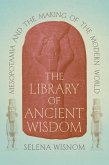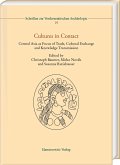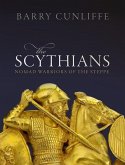This book explores multicultural religious interactions in Ancient Central and South Asia. Besides encompassing a vast chronological and geographical range, the themes of this book represent a broad illustration of the current main approaches, methodologies, and perspectives on Ancient Central and South Asia studies, including the establishment of new sacred spaces; the introduction of new rituals, ceremonies, and convivial practices; archaeological evidence for religious interaction, coexistence, and conflict, among others. In this book, archaeologists, historians, art historians, and linguists come together to demonstrate the intensity and complexity of cultural interactions within the religious landscape from the fourth century BCE till the fourth century CE.
Moving beyond traditional approaches of acculturation, the book reveals the dynamics between cultures and emphasizes local agencies in selecting and appropriating religious praxis, thus highlighting not only the impact of religious interactions but also the wider cultural impact of human interactions. The book provides both specialist and non-specialist audiences with new data and fresh perspectives regarding interactions between cultures in Ancient Central and South Asia, in turn allowing us to comprehend similar nodes of interactions within the modern context. Its geographical and temporal scope will be interesting to readers working on both European and South Asian history, art, and archaeology. This volume is relevant to scholars studying other areas as well, as it traces the spread and transformation of religious conceptions, objects, representations, and practices, with our regions serving as key nodes in this global system.
Moving beyond traditional approaches of acculturation, the book reveals the dynamics between cultures and emphasizes local agencies in selecting and appropriating religious praxis, thus highlighting not only the impact of religious interactions but also the wider cultural impact of human interactions. The book provides both specialist and non-specialist audiences with new data and fresh perspectives regarding interactions between cultures in Ancient Central and South Asia, in turn allowing us to comprehend similar nodes of interactions within the modern context. Its geographical and temporal scope will be interesting to readers working on both European and South Asian history, art, and archaeology. This volume is relevant to scholars studying other areas as well, as it traces the spread and transformation of religious conceptions, objects, representations, and practices, with our regions serving as key nodes in this global system.








